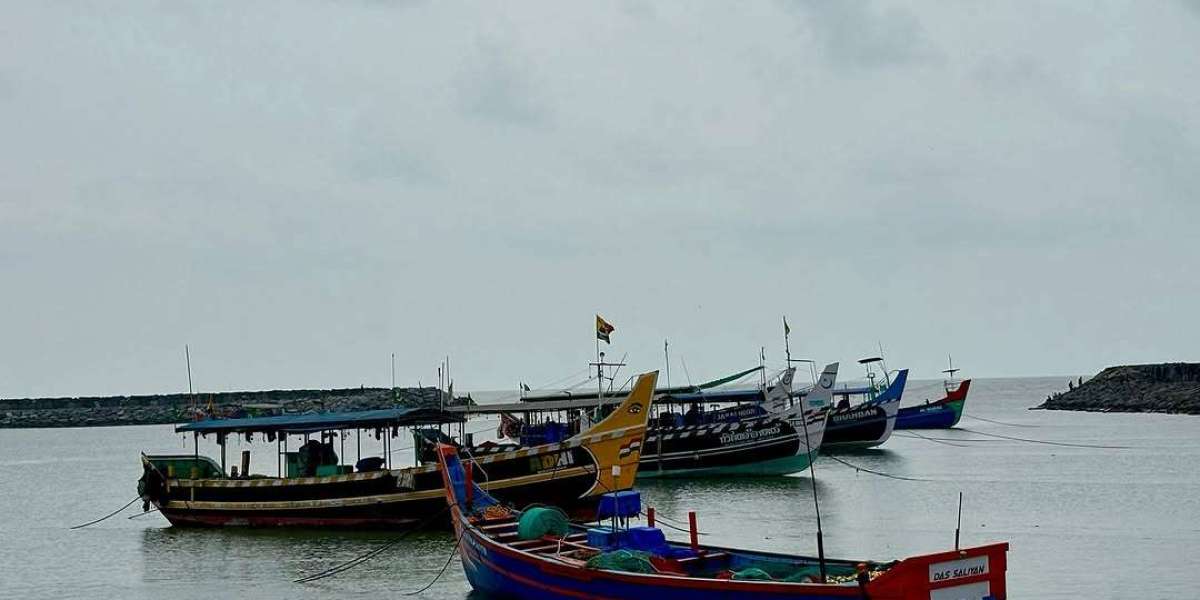Polling Stations
As per the 2021 electoral rolls, the constituency has 221,682 electors and manages around 205-198 polling stations. polling booths includes:
Govt. Vocational Higher Secondary School, Kunjathur (Eastern/Southern building)
Govt. Lower Primary School Kanwatheerthapadvu, Kunjathur (Old and new buildings)
Udyavara Bhagavathi ALP School at Kanwatheertha
Govt. Muslim LPS Udyavarathotta
GUPS Udyavaragudde (Eastern side)
Govindpai Memorial Government College, Manjeshwar (East/West wings)
Govt. High School Bangra Manjeshwar (north/south/east wings)
Schools in Pathur, Kodalamogaru, Puthige, Paivalike, Kayyar, Bayar, Badaje and other village-level centres.
Geographic & Demographic Peculiarities
Manjeshwaram is unique in Kerala for its multilingual and multicultural fabric, often termed Sapthabhasha Bhoomi (“land of seven languages”), with Malayalam, Kannada and Tulu most commonly spoken; some older locals reportedly speak up to 16 languages. Religion-wise, the constituency reflects Kasaragod district trends: Hindus about 55%, Muslims around 37%, and Christians roughly 6%.
Rural voters form about 66–67%, with urban electorate around 33–34%, and Scheduled Caste and Scheduled Tribe representation at approximately 5.5% and 0.9% respectively. Literacy is high (~91%), and Uppala town serves as the taluk headquarters and a growing trade hub due to its proximity to Mangalore in Karnataka.
Economy & Income Profile
Economic life in Manjeshwaram is shaped by a mix of agriculture, coastal blue-economy, trade/business, and substantial non-resident Indian (NRI) remittance flows:
Agriculture remains a base in rural panchayats with coconut, rubber, banana and paddy cultivation.
The blue-economy, including fisheries and coastal trade, supports many communities along the shoreline.
Uppala and surrounding markets have evolved as commercial centres, especially in trade with neighbouring Karnataka.
A sizeable number of families receive remittances from NRIs, especially those working in Gulf countries, boosting household incomes.
Most households fall into the middle-income strata, buoyed by remittances and small-scale commerce. A minority belong to below poverty line (BPL) segments, in marginal farming or fishing clusters, while a small share in urban/peri-urban areas enjoys higher-income status.
Political & Social Dynamics
IUML-led UDF has dominated the seat in five of the past six elections, including a narrow 2021 win by A.K.M. Ashraf; the BJP has consistently placed second, reflecting religious-political polarization given proximity to BJP strongholds in Karnataka.
Recent Developments
Recent years have seen improvements in road connectivity, especially upgrading of key link roads between constituent panchayats and connecting them to NH-66. The Uppala urban centre has witnessed new commercial infrastructure, enhanced market facilities, and expansion of banking and micro-finance services. Local administration has also pushed coastal livelihood schemes, fish-processing support, and agricultural extension (e.g. farmers’ training, modern irrigation support). Welfare schemes targeting women’s self-help groups and youth vocational training have also expanded.
Manjeshwaram Assembly constituency presents a compelling mosaic of coastal geography, multilingual culture, agrarian and blue-economy livelihoods, and a politically vibrant electorate. With a predominantly middle-income, NRI-supported base alongside traditional farming and fishing communities, the region continues to evolve—recent infrastructure upgrades and livelihood interventions promising a more connected and economically diverse future.







